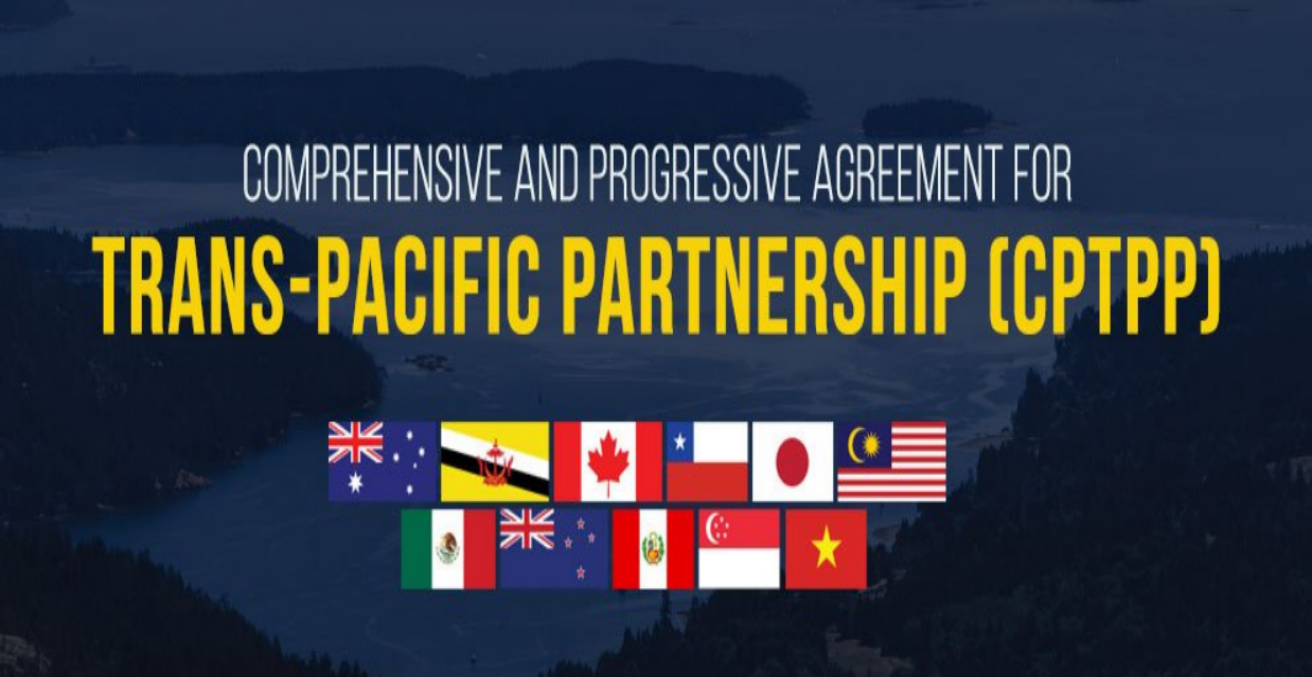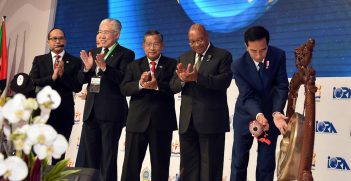TPP-11: Achieving Growth in a Time of Trade Uncertainty

In the turmoil of national politics last week, an important development in international trade should not go unnoticed.
On 23 August, just hours before question time in the lower house was cancelled, then Minister for Trade the Hon Steven Ciobo MP introduced legislation that has significant bearing on Australia’s economic prosperity: a bill to implement the Comprehensive and Progressive Agreement for Trans-Pacific Partnership (TPP-11).
The TPP-11 has potential to link Australian businesses with 500 million consumers and gain a long-term competitive advantage over countries outside of the agreement. It promises to expand opportunities for Australian companies in global markets and eliminate more than 98 per cent of tariffs in a trade zone spanning much of the Americas and Asia.
Yet, the bill’s introduction to parliament went almost unnoticed, despite then Prime Minister Turnbull including the TPP-11 as a key achievement (along with marriage equality and economic growth) in his farewell speech.
Together, TPP-11 economies have a combined GDP worth AUD 13.7 trillion. The agreement already encompasses several of Australia’s key Asian trading partners including Japan, Malaysia, Singapore and Vietnam and is open for other countries (including the United States) to join in the future if they meet its high standards.
Asialink Business’ recent submission to the Senate Foreign Affairs, Defence and Trade References Committee outlined three of the agreement’s key benefits for Australia:
- Create jobs by growing trade in services
- Expand access to global value chains
- Increase the competitiveness of Australian businesses in global markets
Create jobs by growing trade in services
The TPP-11 will open-up new market opportunities and help create a ‘level playing field’: a common platform of rules across these 11-member countries. It will enhance the level of transparency and predictability for Australian service exporters and reduce some of the regulatory challenges Australian business face in the Asia-Pacific.
Why is this important? Research undertaken by Asialink Business with ANZ and PwC concluded that, by 2030, services had the potential to become Australia’s number one export to Asia in terms of total value-added and could support one million Australian jobs.
Expand access to global value chains
Global value chains (GVCs) are transforming trade and investment across the Indo-Pacific by interlinking goods and service providers into dynamic international trading networks that are not bound by national borders.
By participating in GVCs, countries trade more than products: they trade knowledge, innovation and expertise. Enhanced access to GVCs enables Australian businesses to play to their strengths and specialise in niche activities within a chain, when entering or expanding into new markets.
The TPP-11 will help create a favourable environment for Australian businesses to participate more actively in GVCs by establishing common trade rules. The harmonised rules nurture GVCs by reducing the number of different regulatory considerations businesses must navigate. In this context, the TPP-11 provides much greater opportunities for Australian businesses to participate in GVCs than can be achieved on a bilateral basis.
Increase the competitiveness of Australian businesses in global markets
To succeed in competitive international markets, businesses need a wide range of experience and capabilities. Research by Asialink Business, PwC and the Institute of Mangers and Leaders found that “the profoundly low levels of Asia capability on the boards and senior leadership teams of Australia’s biggest companies require immediate attention and action.” Participation in the TPP-11 will provide new opportunities for Australian businesses to gain experience on the global stage.
To address capability gaps and ensure Australia secures the maximum returns from the TPP-11, we recommended:
- Considering how to effectively build and integrate Asia capability training into domestic trade advocacy and efforts to promote utilisation of the TPP-11, fostering a holistic understanding of the export journey.
- Maximising the services outcomes of the TPP-11, for example through market entry programs that educate Australian service firms on how to appropriately customise, position and price their offerings in the region, with a focus on TPP-11 markets.
- Maximising the global value chain outcomes of the TPP-11, for example, through assistance for Australian businesses to identify, develop and tailor their niche area of specialty in order to more actively participate in GVCs and enter new markets.
In these times of brinkmanship in global trade, practical measures like these are more important than ever.
Strong leadership is emerging from within our Indo-Pacific region. Japan’s Prime Minister Shinzo Abe was instrumental in driving the TPP-11 agreement. At the ASEAN Foreign Ministers Meeting earlier in August, leaders called for “accelerated” efforts to counter protectionism and conclude the Regional Comprehensive Economic Partnership (RCEP) negotiations.
However, robust leadership and anti-protectionist measures need to be backed up by practical capability building to ensure Australian businesses are willing and able to win in the global marketplace. At the end of the day, it’s these capabilities that will enable Australian businesses to benefit from agreements like the TPP-11.
Dr Luke Hurst is the Director of Research and Information at Asialink Business. He holds a PhD in international economics from The Australian National University.
This article is published under a Creative Commons Licence and may be republished with attribution.





